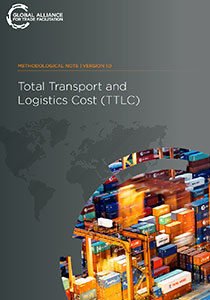The Total Transport and Logistics Cost (TTLC) methodology measures the total cost of transport and logistics involved in cross-border trade. It is the only methodology for measuring supply chain performance that combines direct costs of trade with all the indirect costs (e.g. inventory, storage, theft, demurrage…) that traders have to bear due to delays and unpredictability at borders. By estimating the time and costs incurred in completing each step of the import and export supply chains, the TTLC can be used as a baseline tool to identify bottlenecks, estimate the potential returns of trade facilitation reforms, and assess the true impact of trade facilitation reforms on business.
Read the TTLC methodological note.

